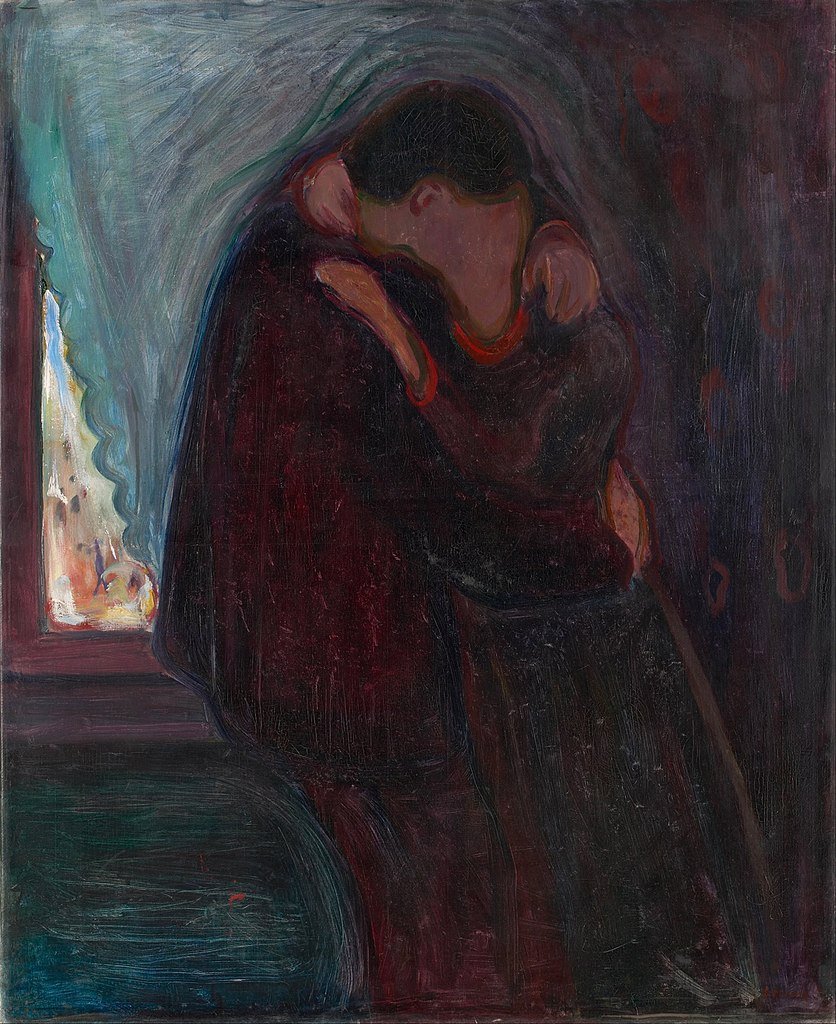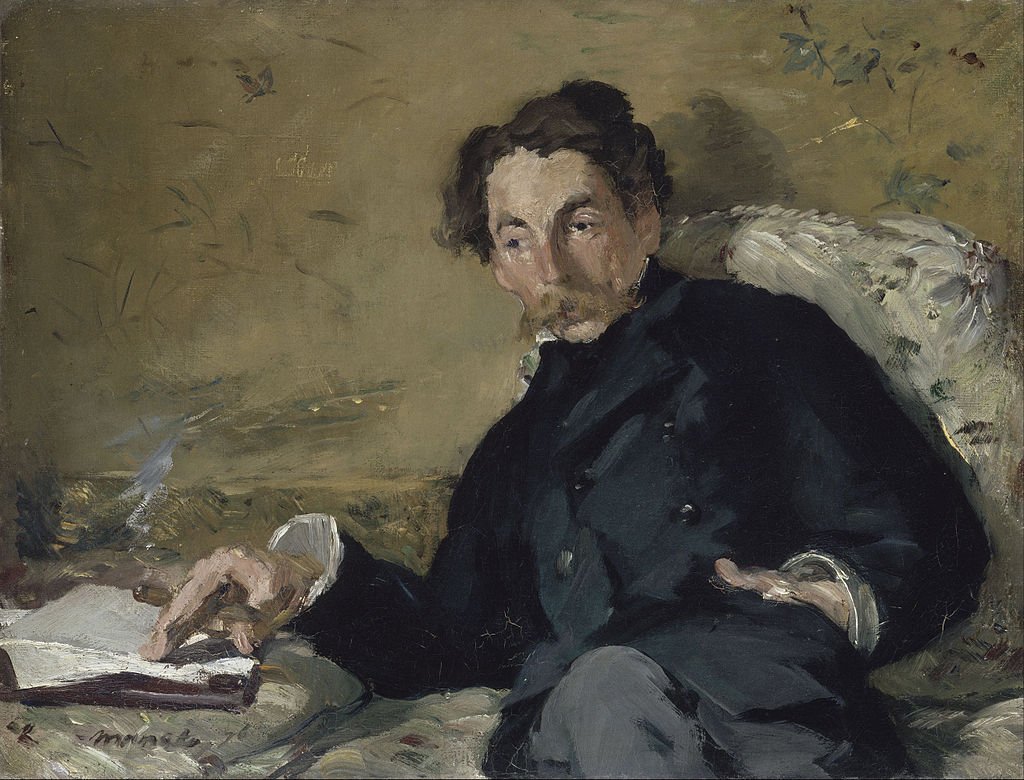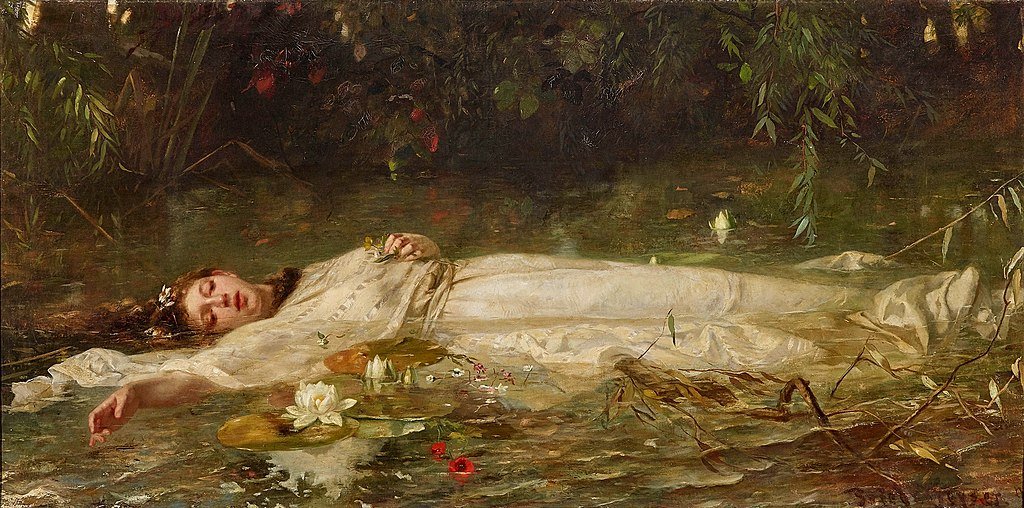How to write poetry like Pablo Neruda
Pablo Neruda (1904 - 1973) was a Chilean poet, diplomat, and politician who was especially known for his love poems. He started writing poetry and essays at an early age—getting his first works published at 13 years old—and went on to receive the Nobel Prize in Literature later in life.
When reading his poetry, it’s abundantly clear that Neruda was a true master of the craft. A great place to start with his works is Twenty Love Poems and a Song of Despair. With just 21 poems in the collection, it’s easy to get a sense of Neruda’s style in one sitting—and learn from his techniques.
Use more similes, metaphors, alliteration, and personification
One of Neruda’s greatest strengths is his mastery of poetic devices (tools or techniques that create rhythm, tone, and meaning—like alliteration, rhyme, and similes), especially metaphors. He makes apt but very uncommon connections.
For example, to describe how his lover eludes him in the poem “Ah Vastness of Pines,” he uses metaphors to equate her physical presence with fog and invisibility:
“On all sides I see the fog of your waist […] your arms of transparent stone.”
In one poem, I counted a minimum of three poetic devices in each four-line stanza. And each either added meaning or moved the poem forward. While there’s a balance to strike, it usually doesn’t hurt to add more poetic devices in your work.
Here are some of my favorite similes from the collection:
“You look like a world, lying in surrender”
“I was alone like a tunnel”
“The clouds travel like white handkerchiefs of goodbye, the wind, travelling, waving them in its hands”
Be more imaginative with your poetic devices
The devices Neruda uses are also incredibly imaginative. For example, instead of writing that time passes by quickly, Neruda personifies the night and equates it with a horse rider to convey the same message:
“The night gallops on its shadowy mare / shedding blue tassels over the land.”
In doing so, he creates an abstract and surreal tone since it’s impossible for the night to have human qualities and be a horse rider. If Neruda used a simile instead and wrote something like, “The night is like a rider galloping on its shadowy mare,” we’d lose some of that abstract, fantastical tone.
The poem and its images take on broader meanings because they’re not literal anymore; they’re open to the reader’s interpretation. This shifts the focus to capturing a feeling rather than taking words at face value. To achieve a similar effect, use metaphors over similes.
Pro tip: ask yourself, “What’s the essence of what I’m trying to say, and how can I use a poetic device to better convey this?” Also, metaphors are stronger than similes—but to make them easier to write, start with a simile and then remove the “like” or “as” to create an implicit comparison.
***
For a brief interlude…check out these articles for more insights + subscribe to my newsletter:
Repetition is powerful—and easy to implement
The most effective poetic device in Neruda’s collection is repetition. Repetition creates emphasis because it forces readers to focus on the words that are being repeated. It also allows the poet to change the meaning of the repeated words or phrases without actually changing the words themselves.
In the poem “So That You Will Hear Me,” to describe how a lover drove away the speaker’s solitude and sadness, Neruda writes:
“You fill everything, you fill everything.”
The repetition here creates a somber tone, which is the opposite of what we’d expect (surely the speaker would be happy his lover drove away his sadness).
If Neruda used those words just once, we probably would have interpreted them positively and without further analysis (the lover is making the speaker happy). But repeating them a second time creates a sense of regret—for some reason, the speaker doesn’t want his sadness or solitude to be driven away.
The meaning of the exact same words changes throughout the poem, which adds a compelling dynamic and contrast. It’s pretty cool that the same words or phrases can adopt multiple meanings depending on where they’re used and how frequently.
Pro tip: It takes less work to create repetition than a simile or metaphor since you’re not coming up with a comparison or vivid descriptions but just repeating words or phrases at key times. It forces the reader to focus on your words and infuses more emotion into your poetry.
Try using common images across poems
In a similar vein, repeating images and ideas across poems is impactful. Water, the sea, and the color blue are central motifs in Neruda’s collection, and they represent the speaker’s love interest.
Adding connections across poems helps readers understand aspects of your poems that they might not have otherwise understood. If readers know from one poem that a blue hyacinth represents the speaker’s lover, they can better understand other poems that mention the color blue or a hyacinth. It also makes the reader more invested; they feel smart for making connections.
Pro tip: If you create a strong motif, repeat and repurpose it in other poems. It adds another layer to your poetry. Test out using the same object, image, or motif in several poems to create a common thread.
Set specific goals for your poetry
After reading Neruda’s collection, I realized my poetry was too literal and could benefit from more poetic devices and creativity. His poems serve as helpful reminders for any poet to tap into their imaginations more, experiment, take risks, and stray from the confines of reality.
The best part about poetry is how personal it is to both the writer and reader—you could have an entirely different set of takeaways from Neruda’s work that resonate with you.
Regardless, it’s helpful to set goals specific to your writing, whether that’s including two poetic devices per stanza, adding a few central motifs to your collection, or experimenting with wild metaphors.
What’s your favorite poem or line by Neruda? Share your thoughts in the comments below and subscribe to my newsletter to stay up-to-date!











